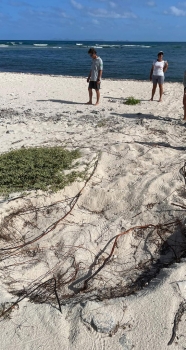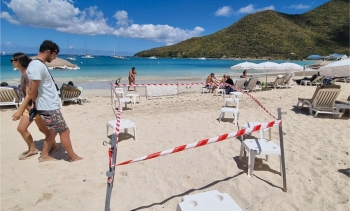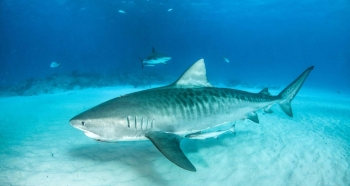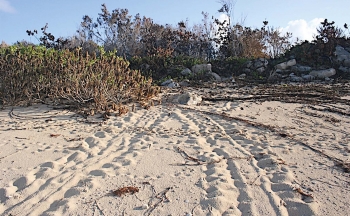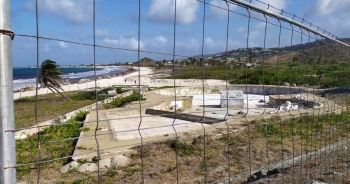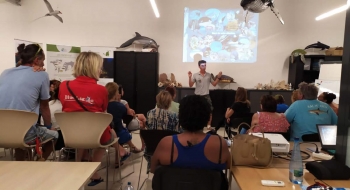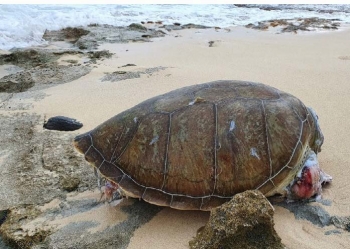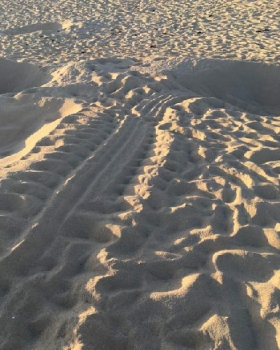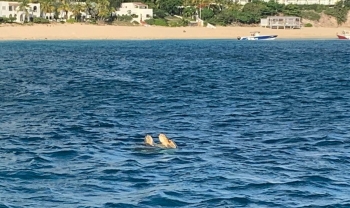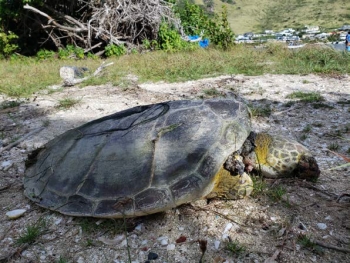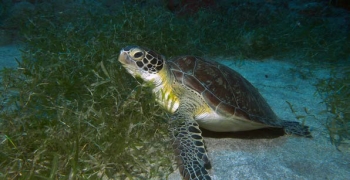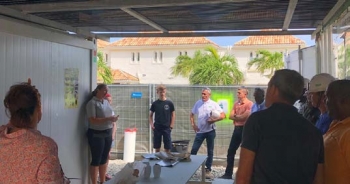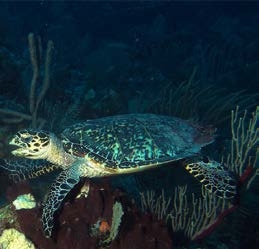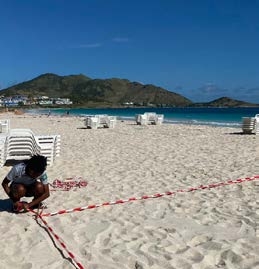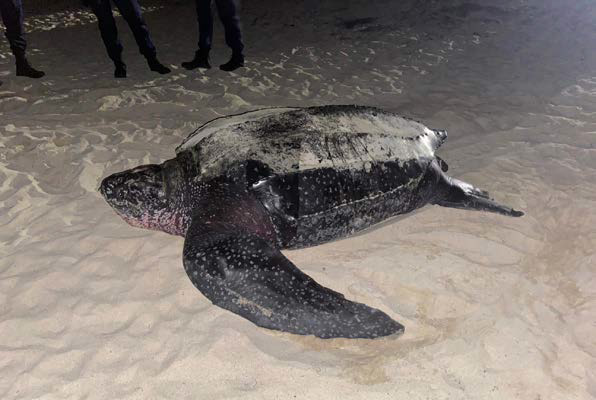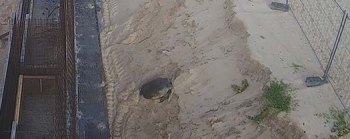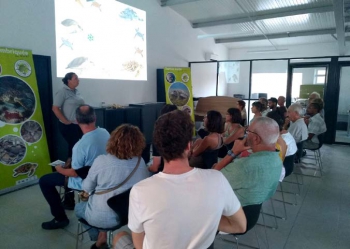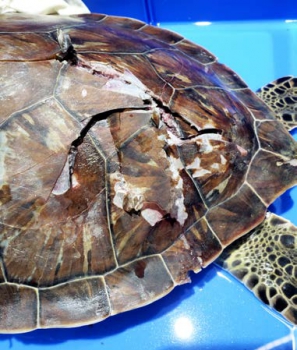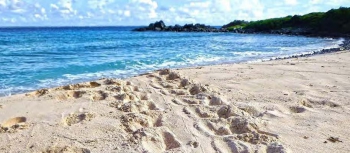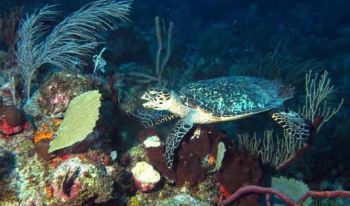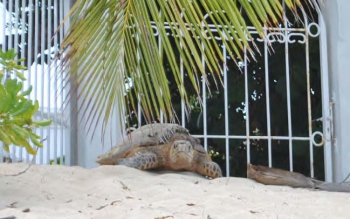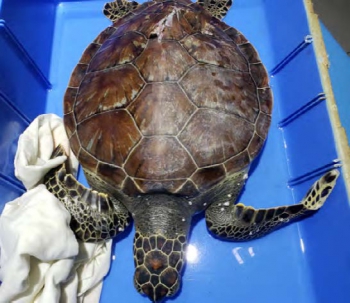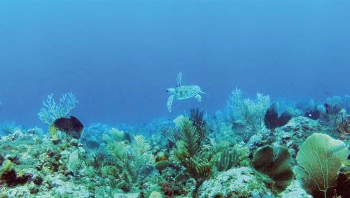Action CS13 : Monitor sea turtle nesting activity
Action MS22 : Ensure the recruitment, supervision, and training of volunteers, interns, and recruited staff
Action MS37 : Participate in meetings, maintain and strengthen partnerships with regional networks
Action PA7 – Continue and develop a participatory science program
From the end of September to the beginning of December 2023, a series of videoconferences was organized within the framework of the steering committee for the national action plan for the preservation of sea turtles in the Antilles. The Saint Martin Nature Reserve Management Association contributed to the various thematic commissions, namely awareness, stranding management, conservation of terrestrial and marine habitats, as well as the enrichment of scientific knowledge. During these commissions, the nature reserve was able to share its experience, results, objectives, and actions implemented in the territory. The last steering committee meeting was held in person in Guadeloupe on December 14, 2023. Julien Chalifour represented the Saint Martin Nature Reserve Management Association, alongside associations and stakeholders engaged in the protection of sea turtles in Guadeloupe and Martinique.

